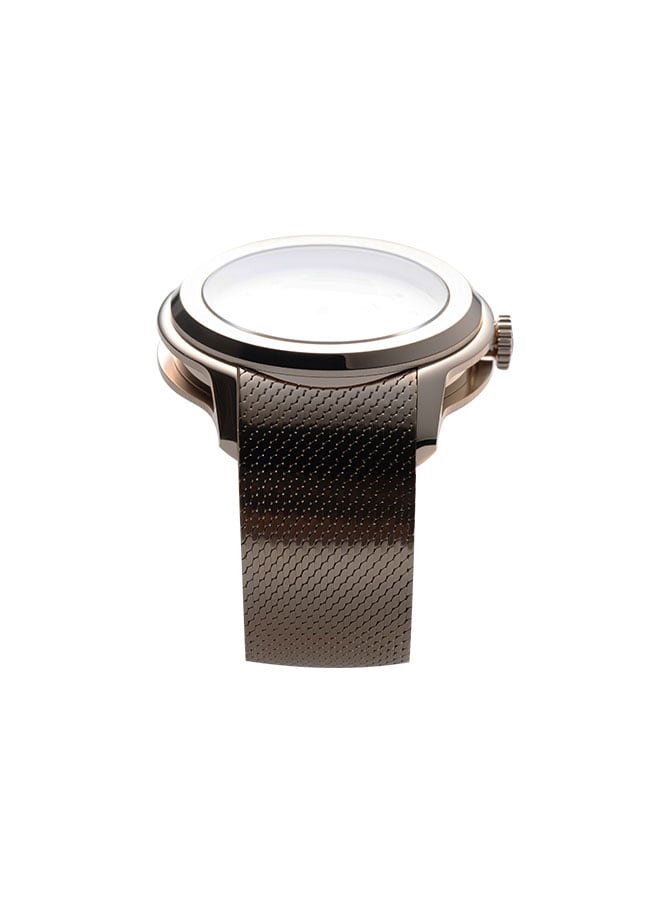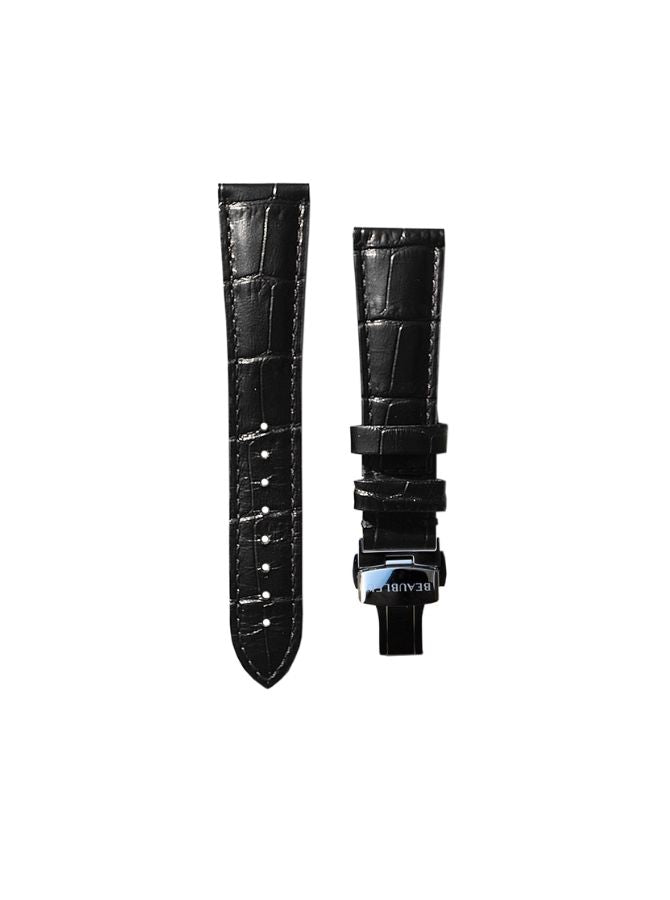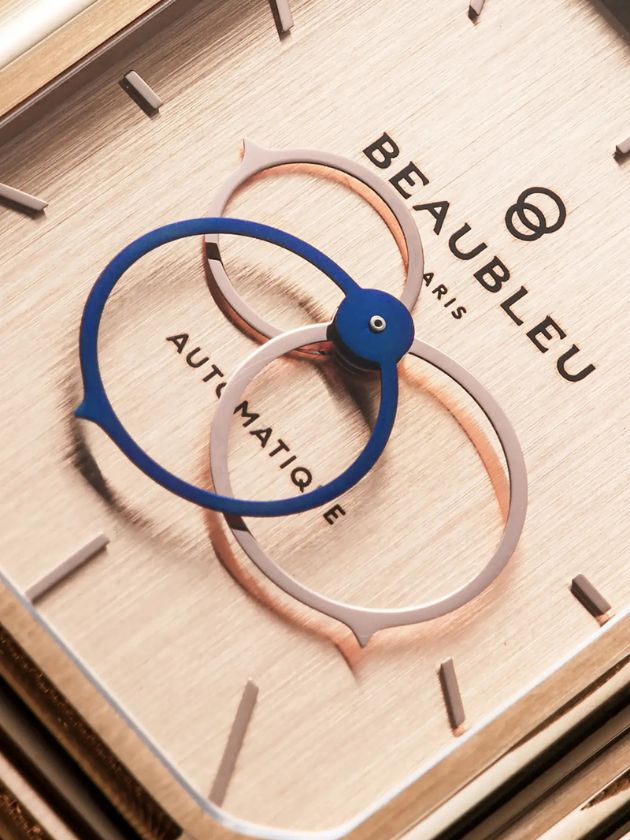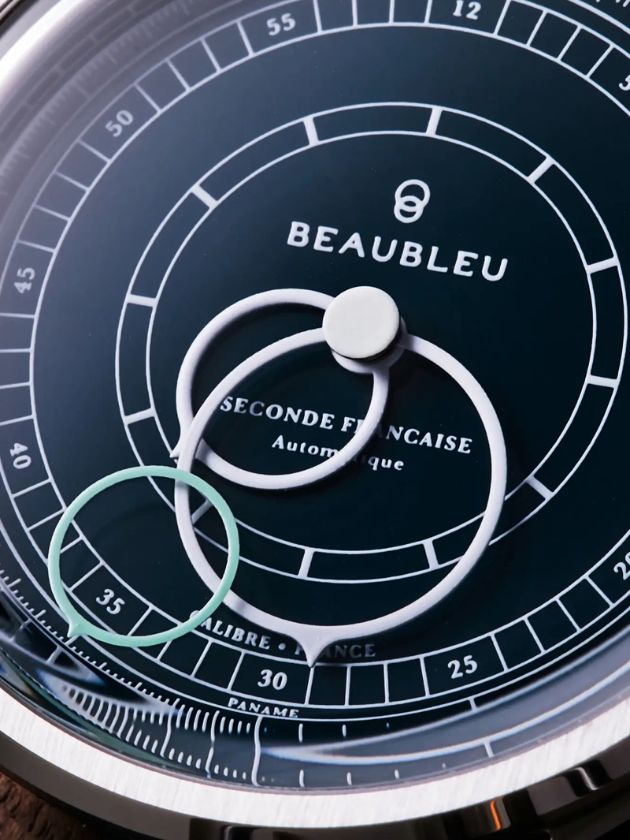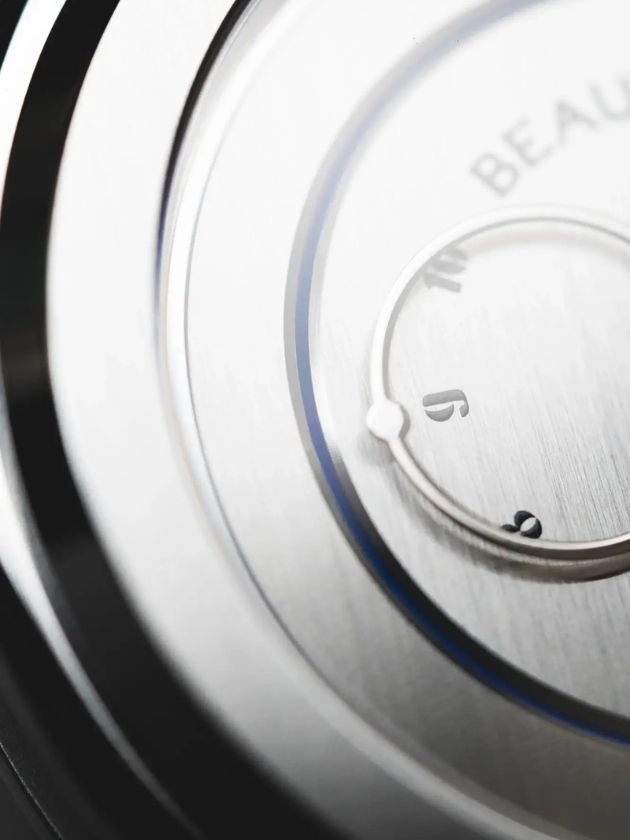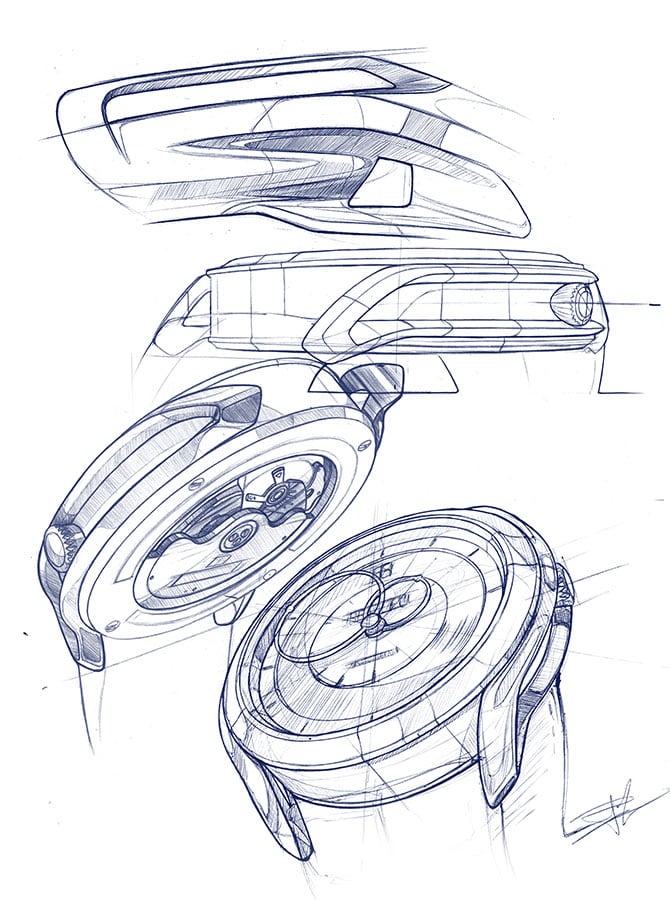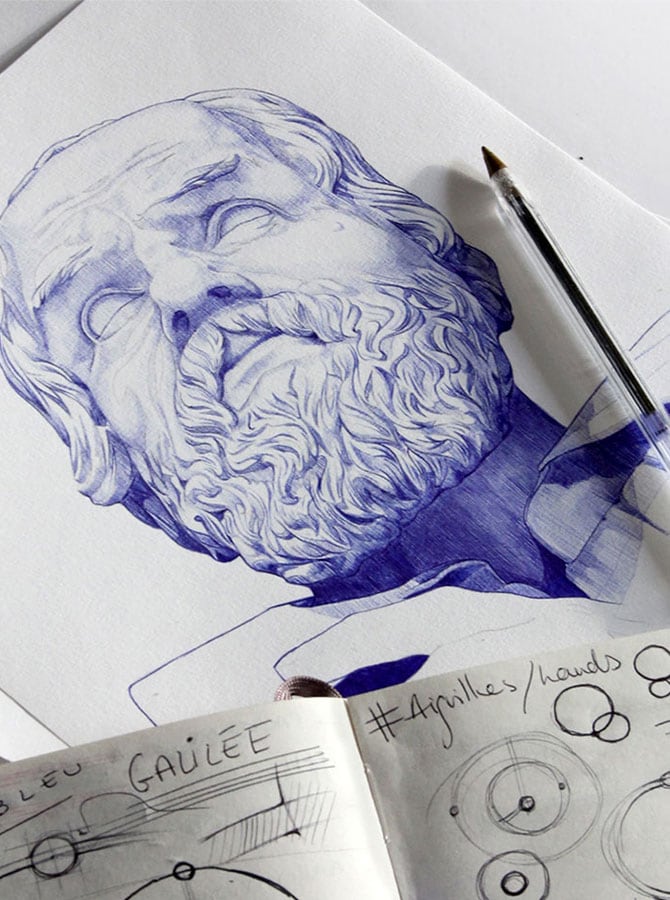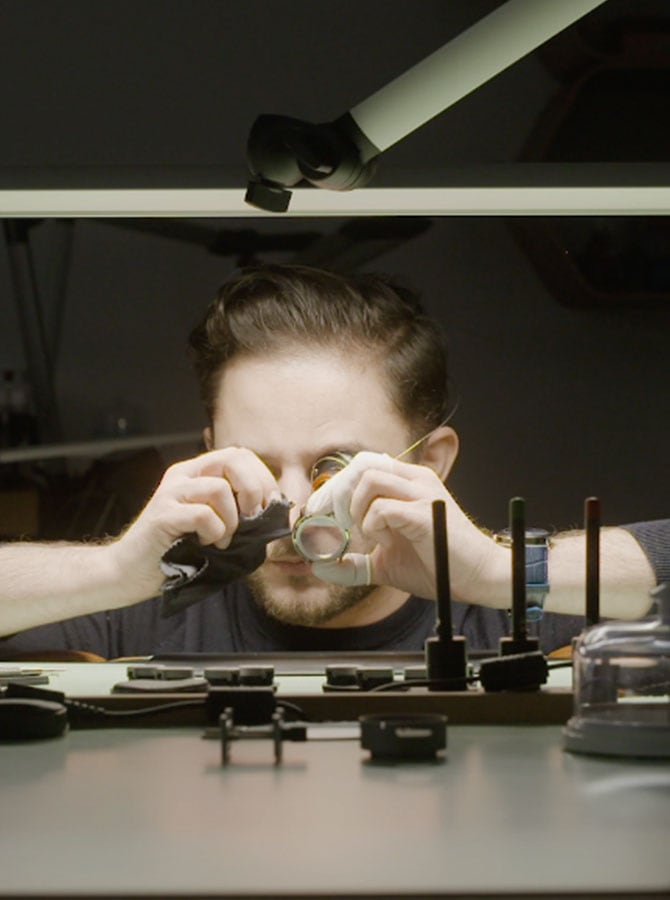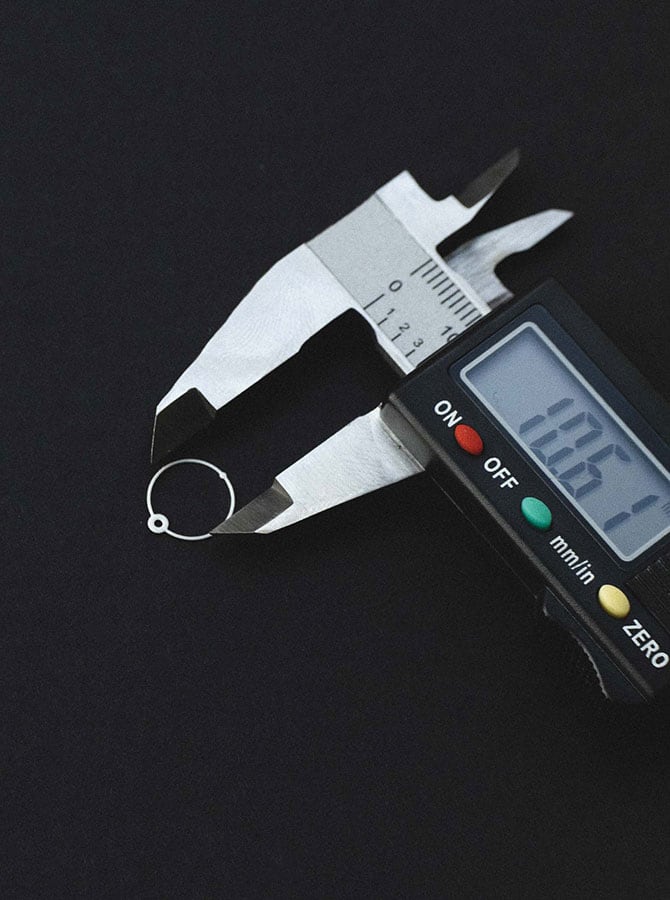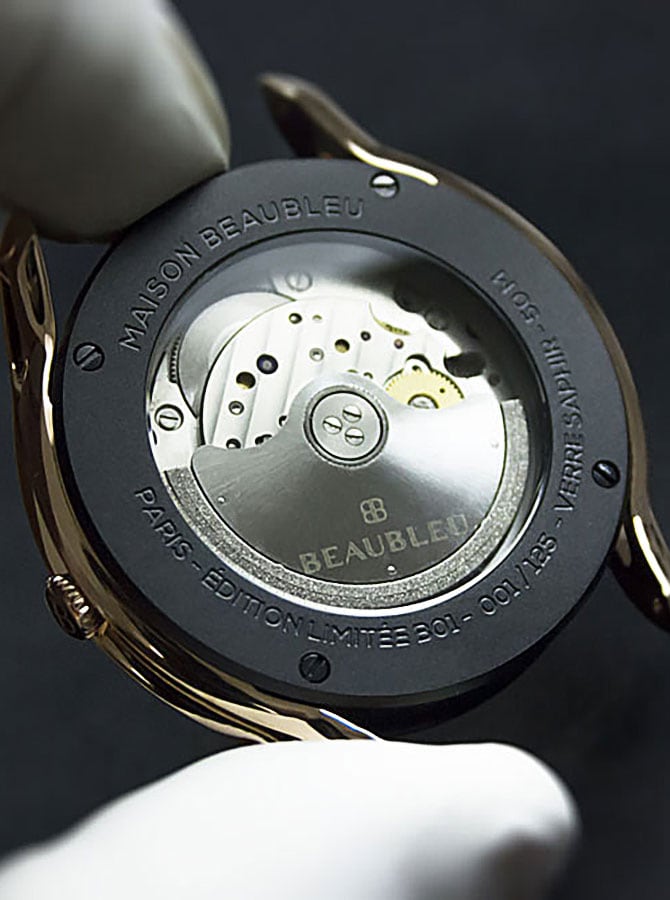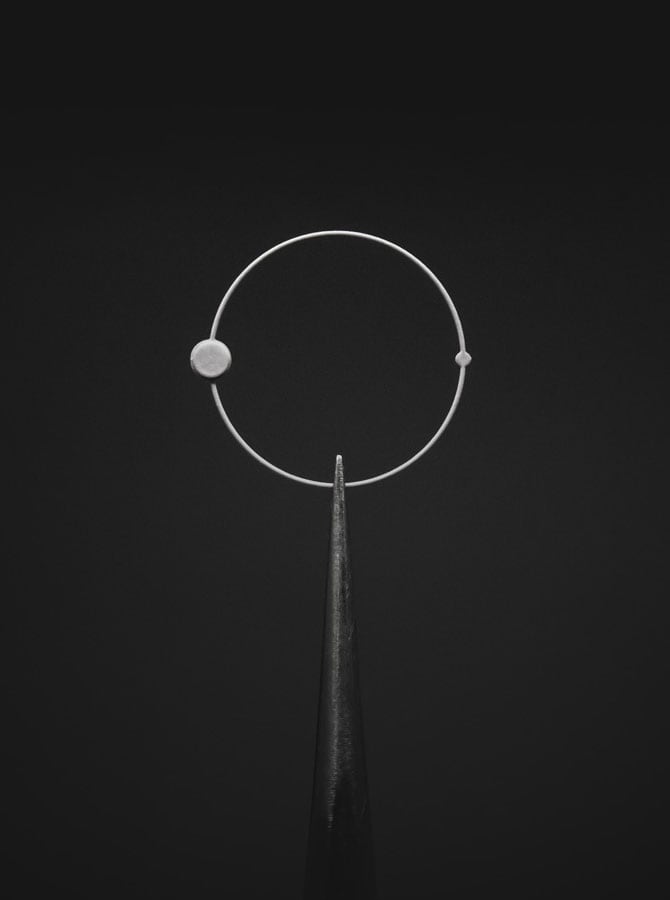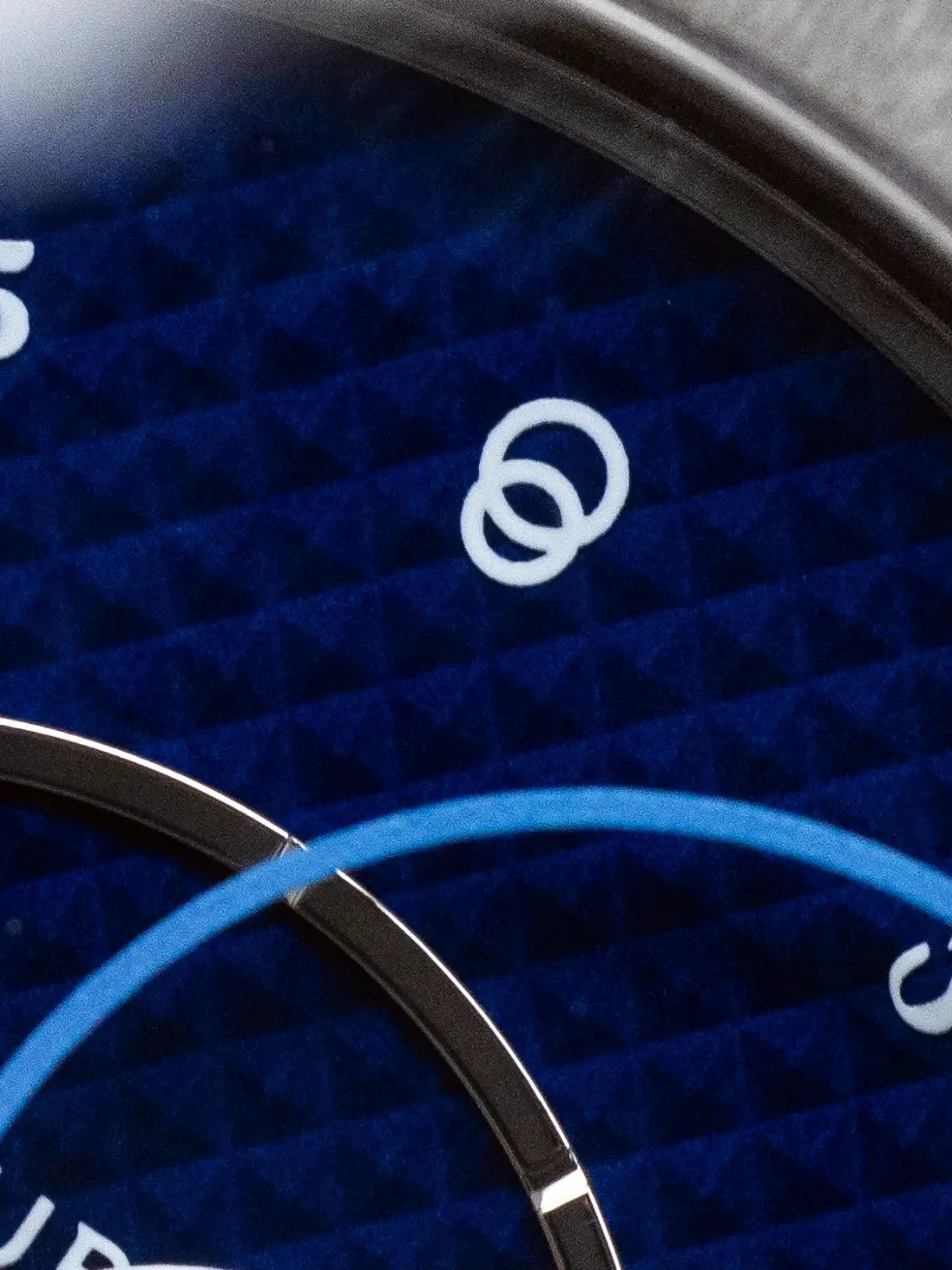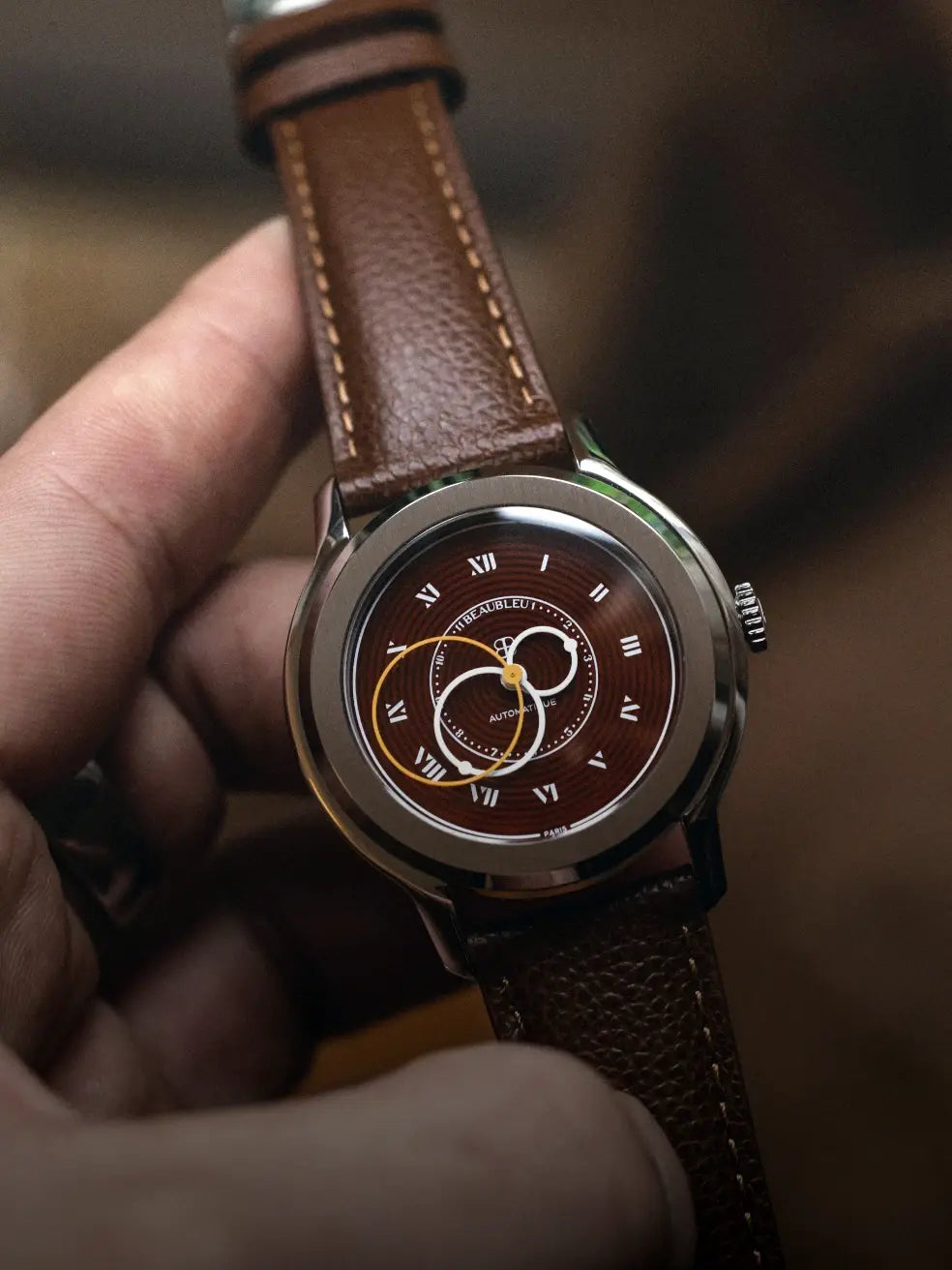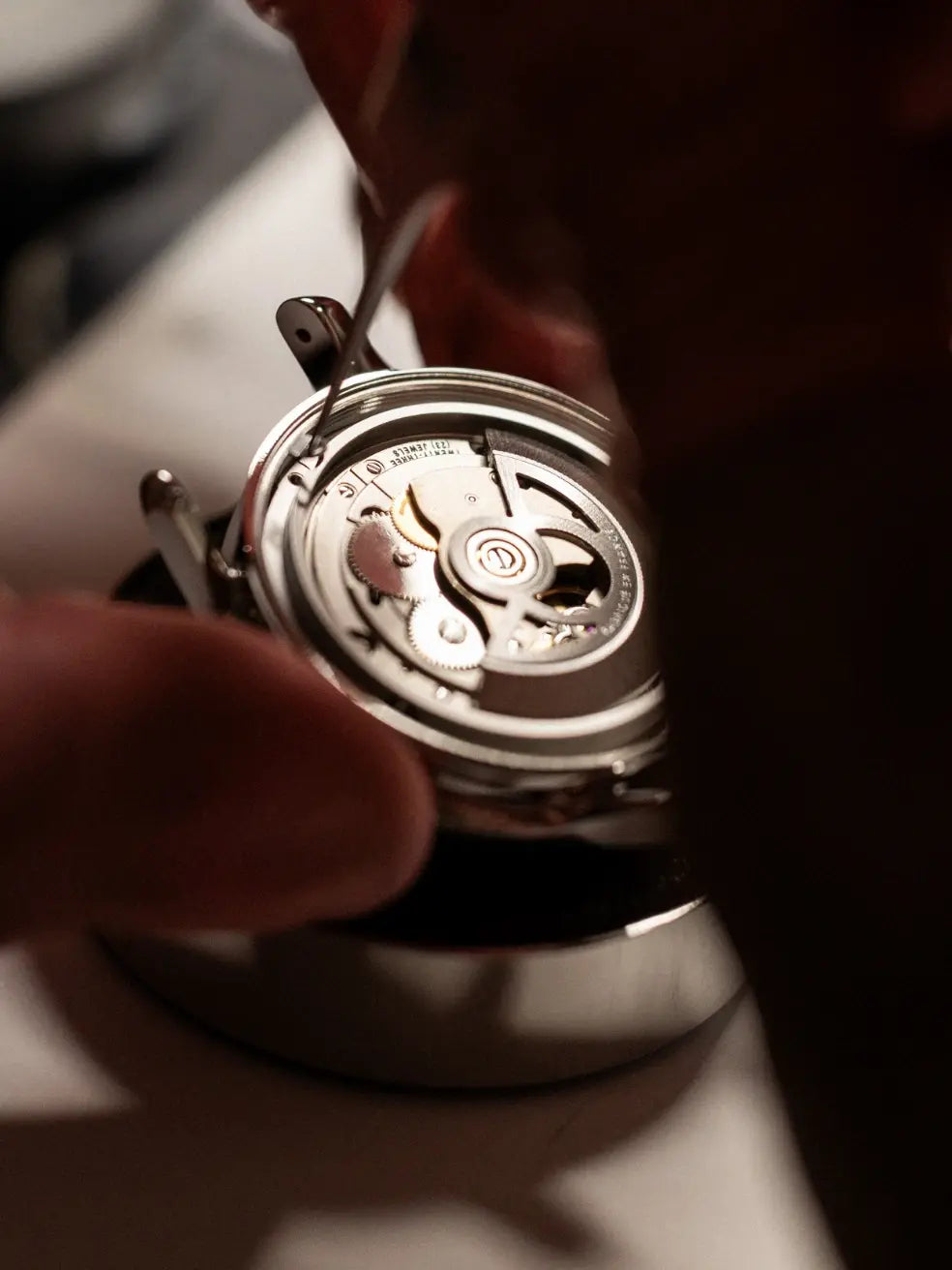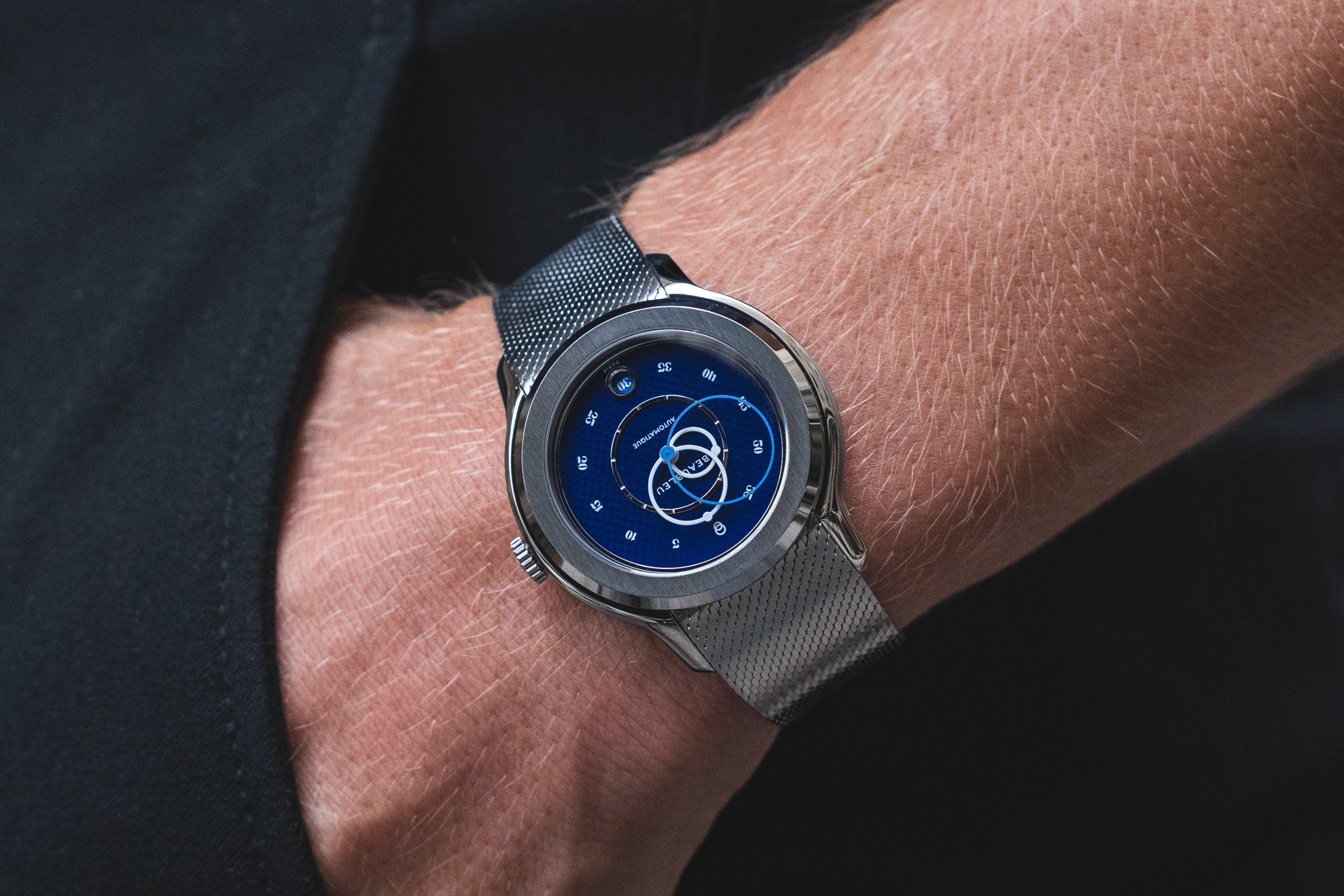
Technological advances that ensure the durability of an automatic watch
The automatic watch is a symbol of elegance, craftsmanship, and engineering. Yet, beyond its aesthetics, it is also a concentration of technological innovations designed to last. In a world where durability is becoming a major selection criterion, watchmakers are doubling their efforts to offer creations capable of standing the test of time. Shock resistance, innovative materials, increased performance, and of course, water resistance. It's important to be aware of the major technological advances that guarantee the longevity of an automatic watch, with a particular focus on watches water resistant to 5 ATM, i.e., water resistant to 50 meters.
Automatic mechanisms are becoming increasingly robust
At the heart of any automatic watch, the mechanical movement is the centerpiece. Long considered fragile, it has evolved considerably thanks to the integration of more resistant and precise components. Today, many calibers benefit from anti-magnetic treatments, long-lasting synthetic lubricants, and sophisticated damping systems to protect the balance shafts and other moving parts.
This mechanical robustness is essential, as it directly contributes to the watch's durability. At the same time, more and more models are incorporating water resistance to 50 meters or more, guaranteeing effective protection against everyday humidity and splashes, which could compromise the proper functioning of the movement.
Innovative materials for increased resistance
Another pillar of durability: materials. Modern automatic watches are designed with cases made of 316L stainless steel, titanium, or high-performance alloys. These materials offer excellent resistance to corrosion, scratches, and shocks.
To support these innovations, manufacturers have also improved their waterproofing systems. A watch that is 5 ATM waterproof means it can withstand pressure equivalent to that experienced at a depth of 50 meters.
The assembly of the case, screw-down back, crown and glass is thus optimized to guarantee the watch's water resistance.
Reinforced lenses for better protection
Glass is an often overlooked element, yet it is fundamental to ensuring the durability of a watch. The transition from mineral glass to sapphire crystal marked a turning point in watchmaking. This material, almost as hard as diamonds, offers exceptional scratch resistance while ensuring optimal clarity.
Watches water-resistant to 50 meters are generally equipped with anti-reflective sapphire crystals, allowing easy reading even in direct sunlight. In addition, water resistance also depends on the quality of the installation of this crystal, often inserted by pressure or screwing, with fluorocarbon or nitrile gaskets to ensure long-lasting protection against humidity.
Waterproofing designed for everyday use
While most users never dive with their watch, they still expect a reliable waterproof watch that can accompany them in their daily lives. A 5 ATM waterproof watch perfectly meets this requirement: it resists water splashes and perspiration without any problem.
This 50-meter waterproof standard has now become a benchmark, as it offers a good compromise between protection and comfort of use.
Bracelets designed to last
Waterproofing isn't just about the case. Straps also play a vital role in a watch's durability. Straps made of silicone, natural rubber, or stainless steel, for example, are particularly suitable for a 5 ATM waterproof watch.
Some systems even allow for quick, tool-free strap changes, encouraging versatile use while preserving the watch's integrity. These solutions allow the wearer to alternate between elegance and sportiness without sacrificing durability or aesthetics.
Quality control and certifications
Technological advances are only valuable if they are rigorously tested. This is why watch brands pay particular attention to quality control. Each waterproof watch undergoes a series of strict tests before being released to validate its reliability and durability over time.
When it comes to water resistance, this often involves a passage in a hyperbaric chamber, where the watch is subjected to pressure simulating immersion at a depth of 50 meters. This test ensures that the 5 ATM waterproof watch maintains its water resistance, even in the event of variations in pressure or temperature.
At the same time, some watchmakers apply internal standards that are more stringent than international standards, such as ISO 22810 for watch water resistance. These certifications, usually invisible to the general public, nevertheless provide peace of mind: they confirm that each watch water-resistant to 50 meters meets strict performance criteria.
Maintaining a 5 ATM waterproof watch: a lever for durability
Even the most technologically advanced watch cannot last without proper maintenance. Manufacturers generally recommend servicing every 5 to 7 years to check the condition of the movement, gaskets, and water resistance.
Some models require special attention to their gaskets, which can deteriorate over time or through exposure to salt, sand, or significant temperature fluctuations. Regular maintenance ensures that the watch's water resistance remains 50 meters and extends its lifespan.
Thanks to constant innovation, the automatic watch is now an object as beautiful as it is durable. From the movement to the crystal, from the case to the bracelet, each component benefits from advanced technologies designed to stand the test of time. And water resistance, long considered a simple criterion of comfort, is now an essential quality standard.
Choosing a 5 ATM waterproof watch means choosing a creation that will accompany you every day, without compromising on aesthetics or performance. Combining elegance, robustness, and technology, the 50-meter water resistance is a guarantee of confidence for all those who see their watch as a true life companion.
